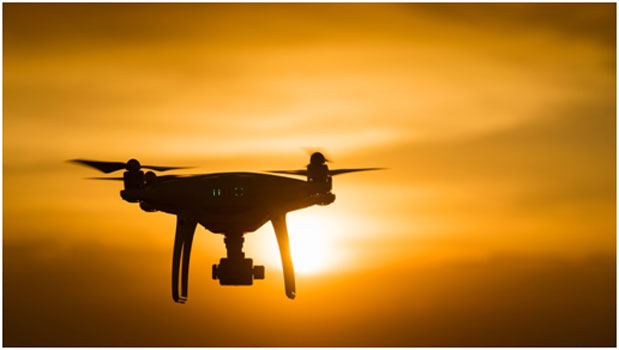The future may have arrived with the help of drones carrying heart defibrillators that can swoop down to help bystanders revive individuals in cardiac arrest. Researchers have been working on this concept and tested it out on 18 people stricken by cardiac arrest. The drone was able to deliver the defibrillator within about five minutes of launch. This fast turnaround is 17 minutes faster than the typical ambulance’s ability to arrive at the scene, which is critical in a life and death situation. The drone delivered defibrillators were not used during the study on patients, but the possibilities for their use is “pretty remarkable and proof that the idea is work exploring,” said Dr. Clyde Yancey, former American Heart Association president. The AHA was not involved in this preliminary study.
Cardiac arrest is the leading cause of death worldwide
Most episodes of cardiac arrest occur in the home or other nonmedical situations and is the leading cause of death worldwide, resulting in the death of 6 million people a year. Approximately 350,000 Americans went into cardiac arrest, which is different than a heart attack. Heart attacks result from a clot or blockage that stops the flow of blood to the heart. Cardiac arrest occurs when electrical impulses that control the hearts’ rhythmic pumping actions no longer regulate the heart properly. The heart beat becomes irregular or stops which prevents blood flow to the organs. If a normal heartbeat is not restored within minutes either by CPR or a defibrillator, death may occur.
The researchers at the Center for Resuscitation Science at Karolinska Institute in Stockholm, Sweden, conducted the study in October 2016 and published their results in the Journal of the American Medical Association on June 13, 2017. Ninety percent of individuals who collapse outside the hospital do not survive. The researchers evaluated cardiac arrest data in Sweden and came to this conclusion when they focused on areas of the country that have little access to emergency medical care, primarily in towns with vacation homes. The emergency response time in these areas were almost 30 minutes, with a survival rate of zero.
Improved response time could save lives
To see if response time could be improved, the researchers launched the drone from a fire station about 6 miles from the homes where people had previously experienced cardiac arrest and successfully landed in their backyards. They used a small defibrillator with an electronic voice that could give instructions about how to use the defibrillator. The small heart defibrillator weighed less than two pounds and was attached to a drone equipped with four propeller rotors, a global positioning device and a camera. Researchers plan do further study and use drones in an actual emergency for bystanders to use in the event of a cardiac arrest.
Medtrust Transport provides emergent and non-emergent ambulance services in Charleston, Myrtle Beach, and Georgetown, South Carolina. We have trained EMT personnel and a fleet of fully-equipped ambulances. We aim to provide compassionate and timely patient care.

